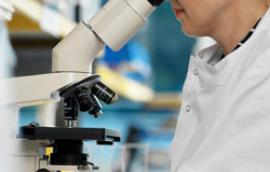Globalization of Stem Cell Science: An Examination of Current and Past Collaborative Research Networks
Analyzing over 2,800 articles from the top journals that include stem cell research in their publications, this study demonstrates the globalization of stem cell science.
Jingyuan Luo, Kirstin R.W. Matthews September 12, 2013






